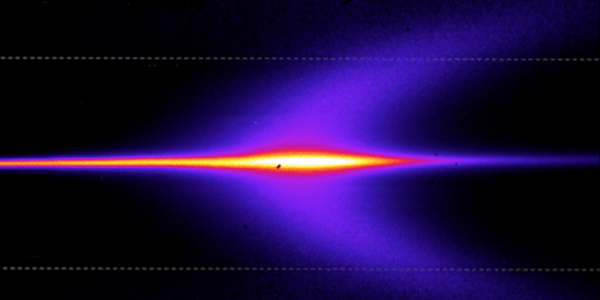Condensed Matter/Materials & Biological Physics Seminar with Cong Su on Atomic Engineering
Atomic Engineering (AE), controlling materials atom-by-atom at room temperature, is an ultimate form of materials engineering. A major thrust behind the development of AE is Quantum Information Sciences which requires atom-level features (e.g. color centers) in solid-state materials to be created for quantum applications (qubits, sensors, repeaters, etc.). The birth of atom control is symbolized by the maneuvering of atoms using scanning tunneling microscopes in 1987. At almost the same time, the introduction of another atom control technique, optical tweezer, heralded the emergence of ultracold atomic physics. However, for decades, the requirement of using extreme conditions (i.e., low temperature, ultrahigh vacuum, or laser) to stabilize the structures limits their integration into broader systems.
In this talk, I’m going to introduce AE at room temperature using high-energy electrons – cathodoluminescence is used for characterizing the spectroscopy of color centers and aberration-corrected scanning transmission electron microscope (AC-STEM) is used for controlling single atoms. The two-dimensional samples used in this project are synthesized by chemical vapor deposition (CVD), optimized to increase monolayer flake size and incorporate dopants. The talk is divided into four parts: (1) Controlling and seeding quantum emitters in hexagonal boron nitride [1]; (2) Atom control in graphene using focused electron beam in AC-STEM and the introduction of Primary Knock-on Space which is a theoretical scheme predicting atom dynamics [2]; (3) Large single-crystal two-dimensional materials growth by liquid-phase precursor CVD [3] and their corrosion protection through thin layer coating [4]; (4) Ultralow contact resistance between semimetal electrode and monolayer semiconductors approaching the quantum limit [5]. I will also mention how first-principles calculations are incorporated into these projects to explain the experimental results.
References:
[1] C. Su et al., Nature Materials 21, 896–902 (2022)..
[2] C. Su et al., Science Advances, 5:eaav2252 (2019).
[3] Q. Ji, C. Su† et al., Science Advances, 7:eabj3274 (2021).
[4] C. Su et al., PNAS 116, 42 (2019).
[5] P.C. Shen*, C. Su* et al., Nature 593, 211–217 (2021).

